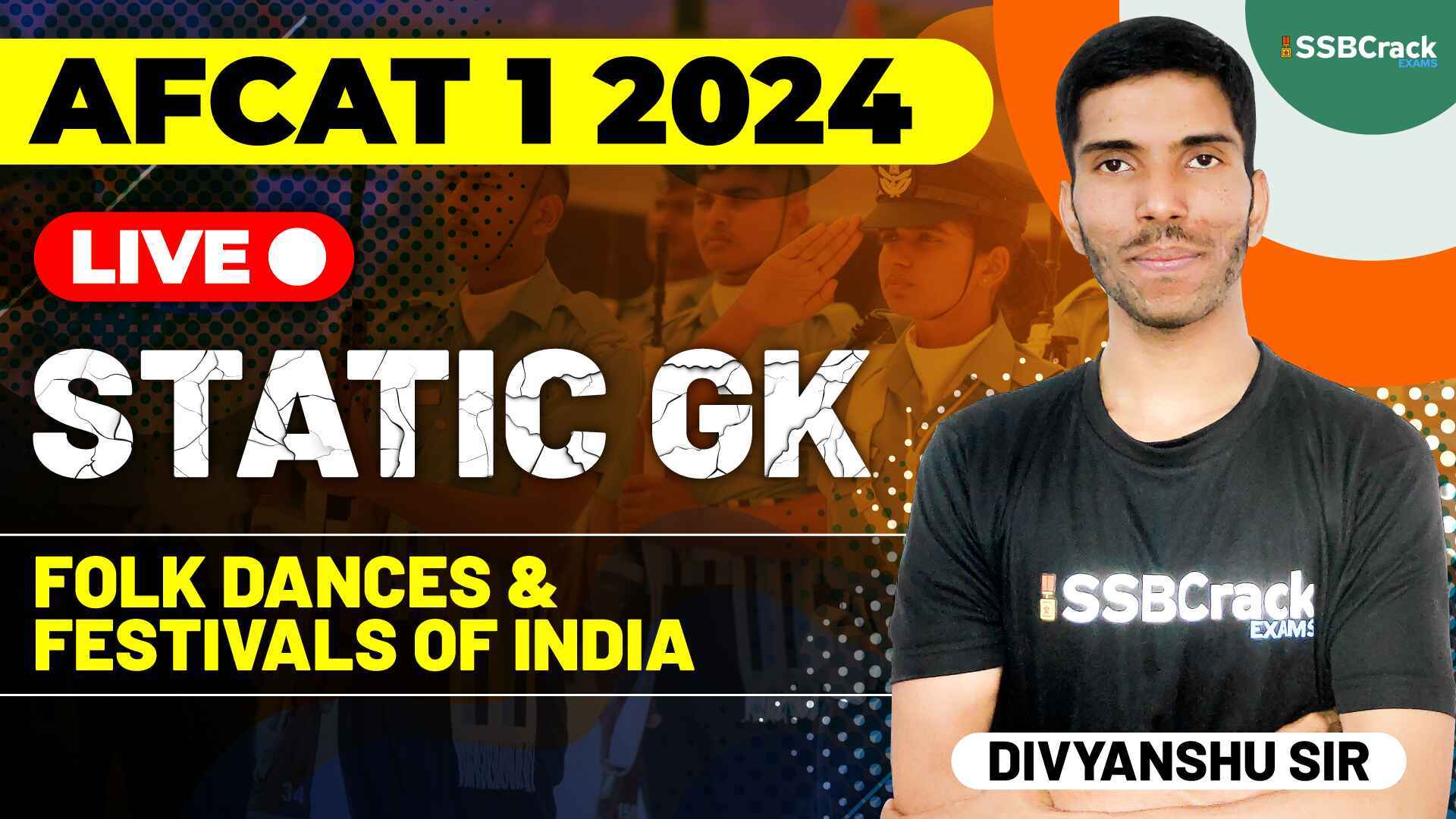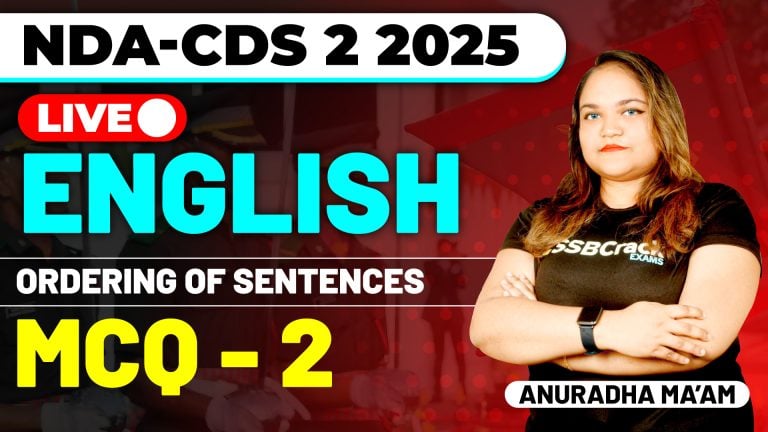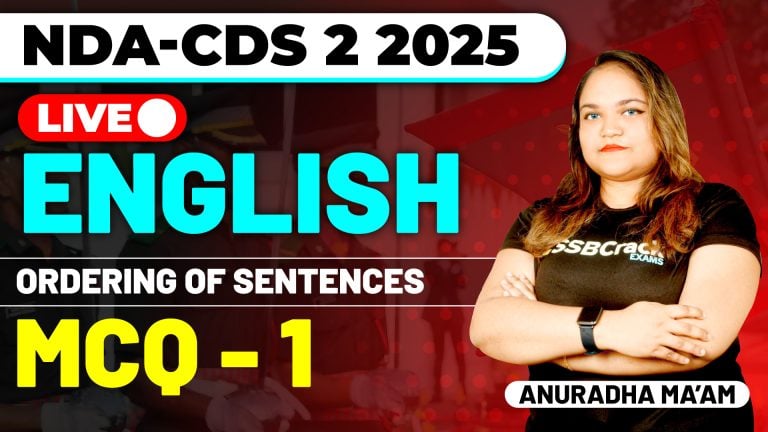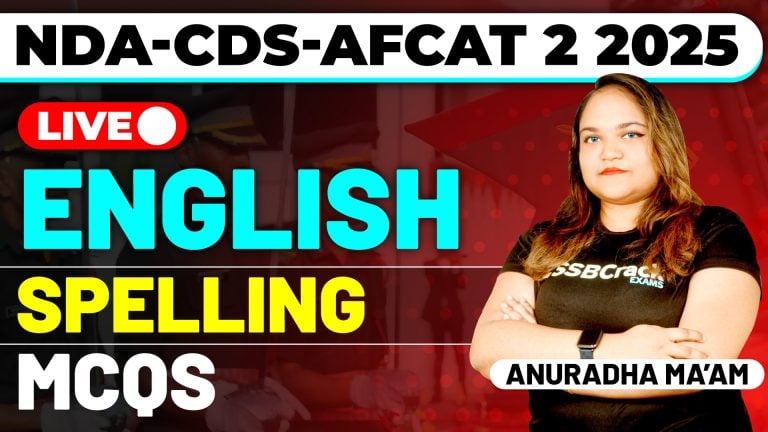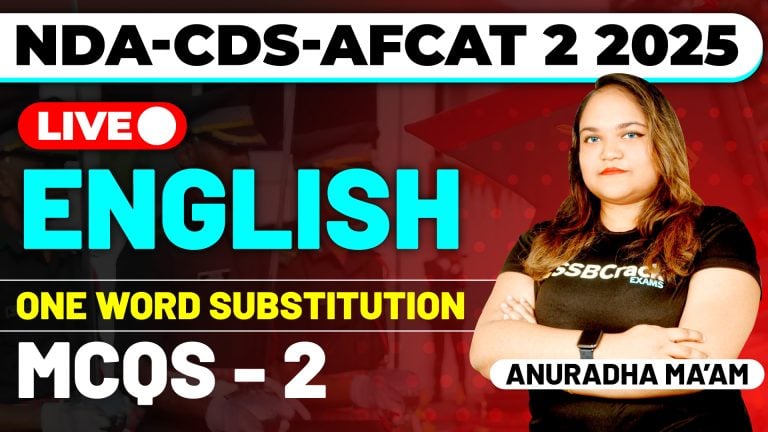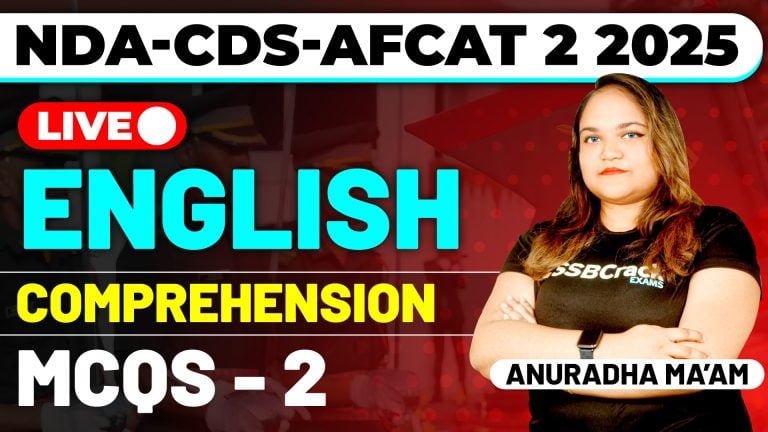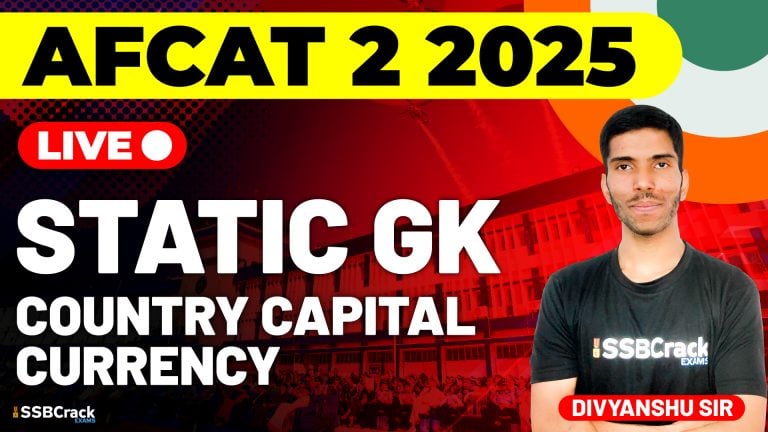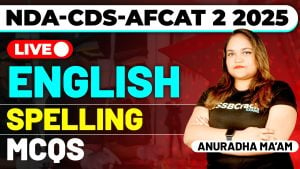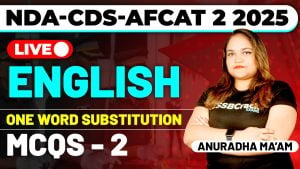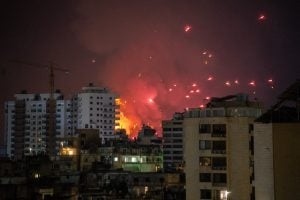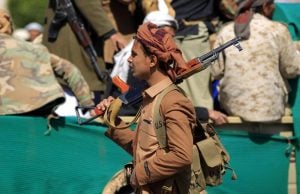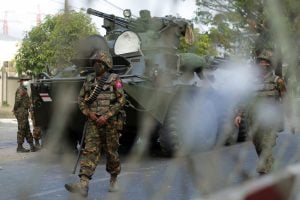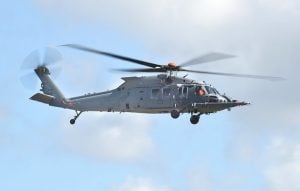The Air Force Common Admission Test (AFCAT) not only assesses candidates academically but also seeks individuals with a diverse set of skills and knowledge, including an understanding of India’s rich cultural heritage. Festivals and folk dances play a pivotal role in showcasing the vibrant diversity of our nation. In this article, we will explore the significance of festivals and folk dances and their relevance to AFCAT students.
Folk Dances & Festivals of India
- Navratri and Garba:
Navratri, a festival dedicated to the goddess Durga, is celebrated with great fervor across India. The vibrant and energetic dance form associated with Navratri, known as Garba, is popular in Gujarat and other parts of the country. AFCAT students can appreciate the cultural significance of Garba, understanding the importance of coordination, rhythm, and teamwork – skills that are valuable in the discipline of the Indian Air Force.
- Bihu Festival and Bihu Dance:
Celebrated in Assam, the Bihu Festival marks the Assamese New Year and is characterized by the Bihu dance. This folk dance reflects the joy and enthusiasm of the people, emphasizing agility and rhythmic movements. AFCAT aspirants can draw inspiration from the lively Bihu dance, incorporating the spirit of celebration and agility into their own lives and preparations.
- Dandiya Raas:
Dandiya Raas is a traditional dance form performed during the Navratri festival, particularly in Gujarat and Rajasthan. The dance involves participants wielding decorated sticks in rhythmic patterns. AFCAT students can learn valuable lessons about coordination, reflexes, and precision – attributes essential in military training and operations.
- Onam and Kaikottikali:
Onam, the harvest festival of Kerala, is celebrated with the graceful dance form known as Kaikottikali. The dance involves women forming a circle and moving in coordinated steps. AFCAT aspirants can appreciate the cultural diversity of India through Kaikottikali, learning about unity, discipline, and coordination.
- Lohri and Bhangra:
Lohri, celebrated primarily in Punjab, is marked by the energetic Bhangra dance. Bhangra involves vigorous movements and the use of traditional instruments like the dhol. AFCAT students can draw inspiration from the energy and enthusiasm of Bhangra, incorporating these qualities into their approach towards physical fitness and a vibrant lifestyle.
Conclusion:
Festivals and folk dances are not just expressions of cultural richness; they also impart essential life skills such as teamwork, discipline, and physical agility. AFCAT students can benefit from understanding the significance of these cultural elements, incorporating the values they represent into their own lives and preparations. Just as our festivals bring people together, the diverse skills and knowledge gained from understanding folk dances can contribute to the holistic development of individuals aiming to serve in the Indian Air Force through AFCAT.


